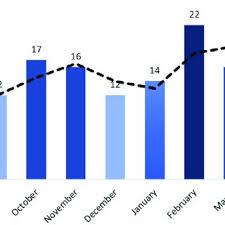Understanding ACL Injury: Causes, Treatment and Recovery

Introduction
The anterior cruciate ligament (ACL) injury is one of the most common knee injuries, especially among athletes. This injury can significantly impact the lives of those affected, often requiring surgical intervention and a lengthy rehabilitation process. Understanding ACL injuries is crucial not only for athletes but for anyone engaging in physical activities, as it can lead to long-term health issues if not managed properly.
What is an ACL Injury?
An ACL injury occurs when the anterior cruciate ligament, which connects the thigh bone to the shin bone and stabilises the knee joint, is torn or sprained. This kind of injury is particularly prevalent in sports that involve sudden stops, jumps, and changes in direction, such as football, basketball, and skiing. Current statistics suggest that approximately 200,000 ACL injuries occur in the U.S. annually, with athletes aged 15 to 25 being the most affected.
Causes of ACL Injury
Various factors contribute to ACL injuries, including:
- Sports Activities: High-contact sports often lead to ACL tears due to rapid movement and strain.
- Footwear: Inadequate or worn-out sports shoes can increase the risk of injury.
- Muscle Imbalance: Weak quadriceps and hamstring muscles may heighten the risk as they are less capable of stabilising the knee during intense activities.
- Previous Injuries: Individuals with a history of knee injuries are more prone to ACL injuries due to the weakened state of the joint.
Treatment Options
When someone suffers an ACL injury, it is vital to seek immediate medical attention. Diagnosis is usually confirmed through an MRI or physical examination. Treatment can vary based on the severity of the tear:
- Conservative Treatment: For minor tears, rest, ice, compression, and elevation (RICE) along with physiotherapy may suffice.
- Surgical Intervention: More severe tears often necessitate reconstructive surgery, typically using a graft from the patient’s own tissue or a donor.
Recovery and Rehabilitation
Recovery from an ACL injury can be lengthy, requiring dedication to rehabilitative exercises over several months. Post-surgery rehabilitation often includes physiotherapy to regain strength and mobility, with a return to sporting activities potentially taking six to twelve months.
Conclusion
ACL injuries are a significant concern for both athletes and recreational sports participants. Awareness of the risk factors and understanding the mechanics of the injury can aid in prevention and early intervention. As medical technology continues to advance, treatment options, including therapies and rehabilitation techniques, are expected to improve, potentially reducing recovery times and enhancing outcomes for those affected.
